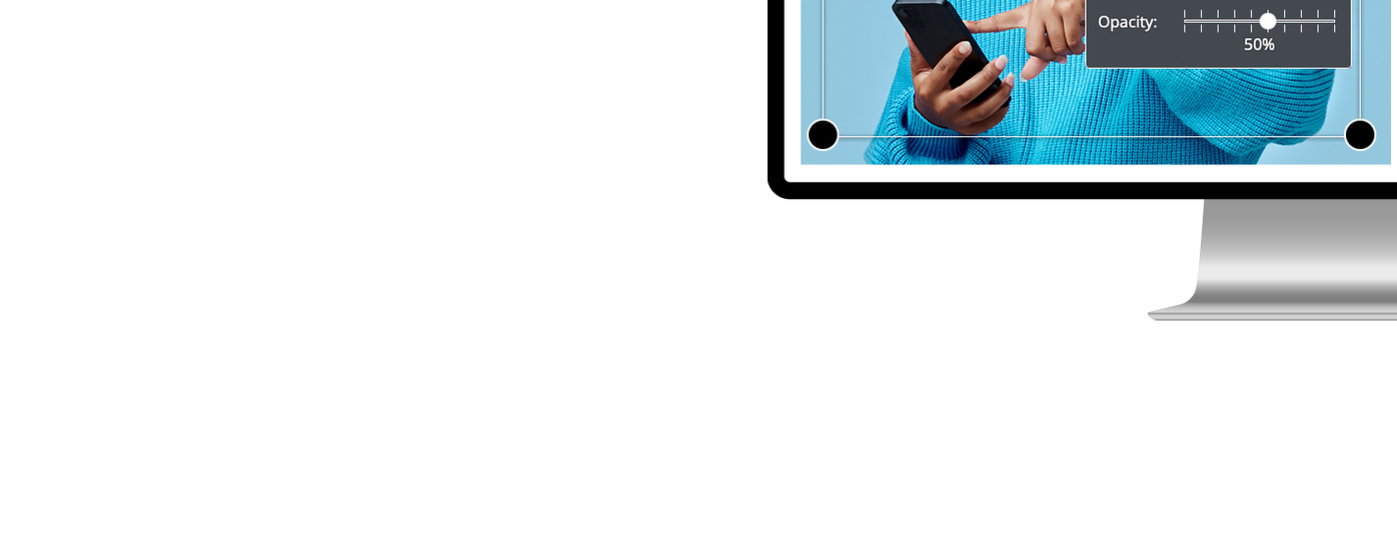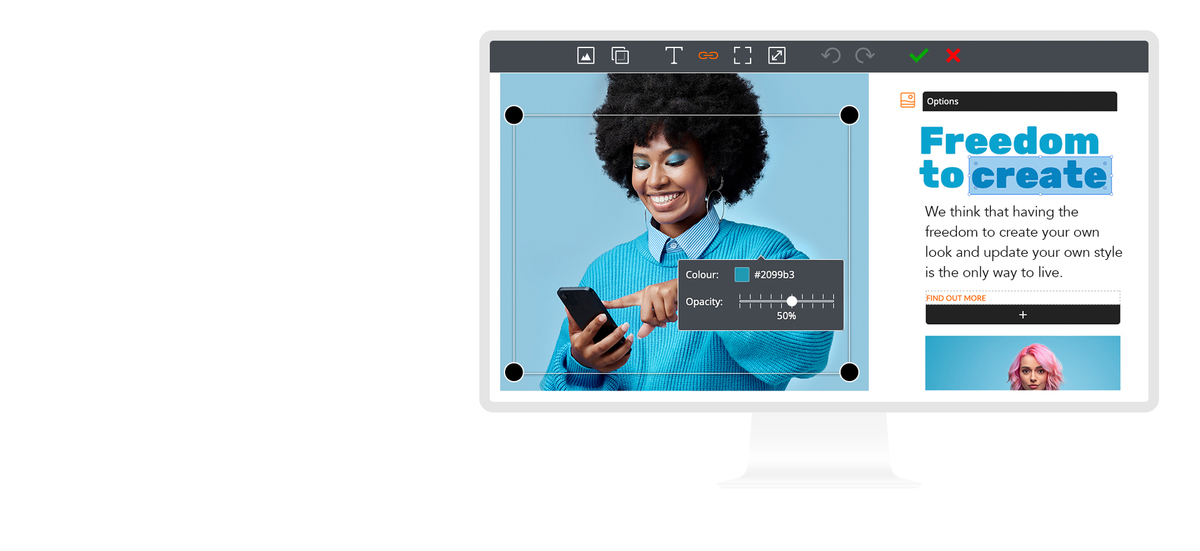How to Build Your Social Media Content Calendar in 2024
Published on 2nd January 2024
Let’s face it; social media is a marketer’s go-to tool to engage with their target audience. It’s an incredibly powerful tool, and here’s why – in 2023, it is believed that 4.9 billion people worldwide used social media. But it’s not just one platform; users access between six and seven social media sites per month.
So, if you’re not marketing your business on social media - why not? If you are, it’s time to sort out your social media content calendar because with one billion stories posted daily on Facebook alone – higher than any other platform – your content may get lost in the melee.
What is a social media content calendar?

Simply put, it’s a calendar that details what content you will post to your social media platforms over the year. That’s posts per day, week and month. It allows you to plan, organise and schedule your content across your online channels, such as Facebook, Instagram, LinkedIn, YouTube and, of course, X (formerly Twitter).
There are several ways to create a content calendar:
Using a project management tool, such as Asana, Trello or Monday.
Using a social media management tool, like SocialPilot, Hootsuite or Sendible.
Using good old-fashioned pen and paper, i.e. a printed wall calendar.
It depends on how you like to work and how au fait you are with technology. You can either plan your content for the first quarter of the year, first half or even the entire year. Whichever you choose, you have your proposed content set out in a structured way that will streamline your social media activity and ensure high-quality content.
How to structure your social media content calendar

Before you start writing anything down and adding it to your calendar, there are a couple of things you need to do first.
1. Identify the social media channels you’re using. This might seem obvious, but different channels require different types of content, such as stories, reels, videos, imagery, feed posts, ads, polls and shopping content.
2. Audit your social channels. This is a reminder not to spread yourself too thin. Monitor activity across all your social channels and conduct an audit to find out where your most successful content is posted, where your target audience is most active, the type of content that generates the best engagement or drives the most traffic to your website and each platform's audience demographic. This will identify the channels which deliver the best return for your business.
3. Decide on the metrics you want to track. Think about which metrics you want to track with your social media activity. For example:
Reach
Impressions
Engagement rate
Views
Amplification rate (shares per post by followers)
Virality rate (shares per post by impressions)
Video views and video completion rate
Audience growth rate (new followers)
Click-through rate (CTR)
Conversion rate
Of course, if you’re running social ads, you must consider the cost per click (CPC) and cost per thousand impressions (CPM) rates.
Now, you’re ready to build your social media content calendar. If you’re not sure how to get started, download our free template to help you.
What do I need to add to the calendar?

Decide how often you want to post content; this will help you determine how far ahead you can generate your content. This will also allow you to work out your content creation process. If social media content is fairly new to your business, you may not have that many creative assets to hand – these are your images, videos, etc., you can use on your channels – but don’t worry, you will soon build your own library.
Work with your team to brainstorm ideas and align the content according to your special dates/events, which is often new content. Your evergreen content will be regular postings about your business and your products.
Decide who in your team will be generating and/or approving your content. Think about whether you need to adhere to brand guidelines or if there are any potential legal issues. Work out who will be actively posting, reviewing and tracking the content, too. Keeping as much of this process with one central person or team supports coherence, continuity and streamlining of the right content to the right platform.
Once your content is created and stored in your content library, you can use your calendar to publish, track and monitor your social media posts. Watch out for any trends and get ready to make adjustments where you need to, and the same applies to swings in the metrics. This will help you hone your skills and refine your content for your social media campaigns.
Benefits of a social media content calendar

If you’re a small business, you may think you don’t need a social media content calendar, but you do and here’s why.
Plan your future posts. Think ahead by planning the content you want to post a month or quarter in advance.
Brainstorm your social media activity. Work with your team to brainstorm new content, when to post to maximise reach, how to increase brand awareness and more.
Balance your content effectively. You’ll be able to clearly see when you’re posting new and timely content alongside your evergreen content, ensuring all your content is engaging and relevant.
Schedule posts around special dates. With all the special dates added to your calendar, be it national dates or your own company’s, such as product launches, you can schedule relevant posts in advance to share content that coincides with the dates.
Keep up-to-date with metrics and hashtags. Monitor your social media activity and hashtags, then add these to your calendar. You will be able to quickly see any changes in hashtag use by consumers, track post activity and user engagement, and keep your content aligned with your goals.
Keeps the whole team on board. A social media content calendar that is shared with your whole team means everyone will know what’s being posted, and when. The more knowledge they have, the better job they can do.
At it’seeze, our network of experienced website consultants throughout the UK and Ireland is always on hand to help you create a website which accurately reflects your business. We can also assist with shaping your social media activity to ensure you can maximise your platforms and content assets. it’seeze helps small businesses design and build websites that are fully SEO and keyword-optimised. Get in touch with us today to start your it’seeze journey.

We help businesses of all shapes and sizes design and build fully optimised e-commerce websites.
Tagged as: social media marketing
Share this post:



